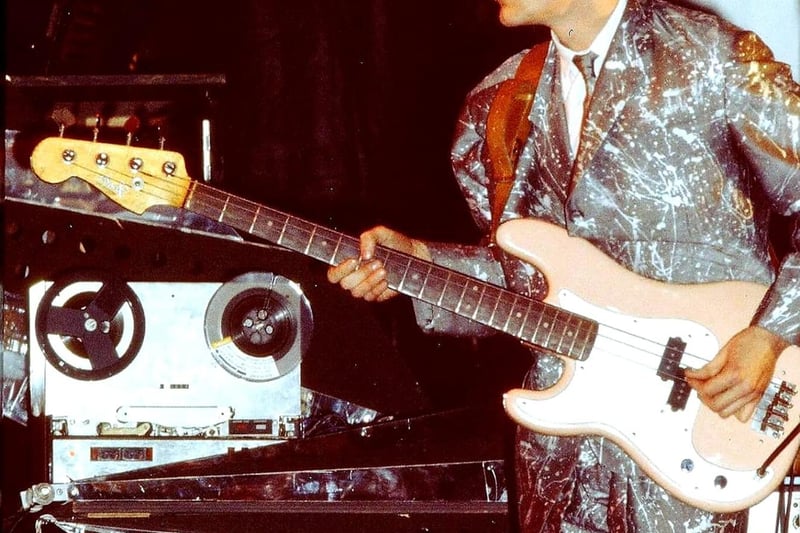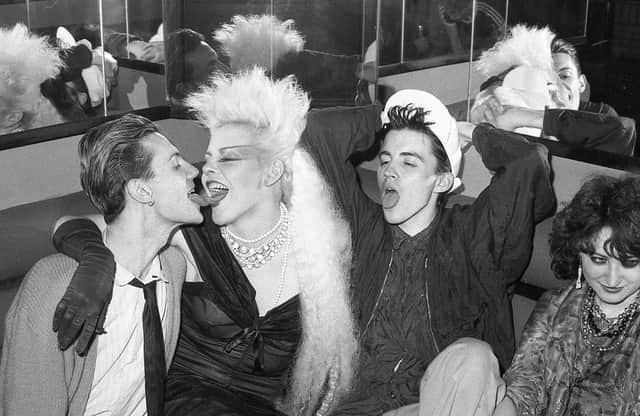Maestro’s in Scott Street, Glasgow, earned itself a reputation as a place where only the right sort of people got through the door. Many tried to get in – and many failed.
Spandau Ballet hired a ‘spotter’ to get a high-fashion crowd into Maestro’s for an after-gig appearance there, with the club one of the first outside of London to embrace their sound.
American imports of 12-inch disco, funk and R&B tracks gave way to new electronic sounds coming out the punk scene, with bands like New Order, Depeche Mode and Tom Tom Club big news at Maestro’s, which sat next door to Glasgow School of Art.
Nights included The Gang Hut, run by Graeme Wilson who went to run nights in The Jamaica Inn – later called the Sub Club, which he went on to own.
Managing Maestro's was a chap called Gary McGrotty with the venue owned by Unicorn Leisure, the empire of club entrepreneur Frank Lynch, who ran venues such as the Apollo and who also managed a then-rising star comedian called Billy Connolly.
Photographer Simon Clegg was taking shots of bands and clubs around Glasgow at the time of Maestro’s with his work published in music magazines Sounds.
“They created their own Studio 54 at Maestro’s,” he said, in reference to the legendary New York nightclub where fashion, attitude and new frontiers collided.
Clegg, who now lives in Australia, recalled the neon Maestro’s sign, the glitter ball and the ‘sticky red carpet’ of the nightclub.
The photographer didn’t have a problem getting in, but in reality it was a very select door policy that left many heading back down the steep hill of Scott Street back to the nightspots of Sauchiehall.
He said: “Everyone knew each other and no matter what night you went, there would be someone that you knew.
“There were always trendy girls there. I always remember it as a safe place, women felt safe there and I was never aware of any trouble.
“It was a good place. I tell you what it wasn’t – it wasn’t a pick up place. People always went there for the music.
"You just couldn’t wait to get in there, get through the door, get a dance and find out the music news.”
American imports of 12-inch disco, funk and R&B tracks gave way to new electronic sounds coming out the punk scene, with bands like New Order, Depeche Mode and Tom Tom Club big news at Maestro’s, which sat next door to Glasgow School of Art.
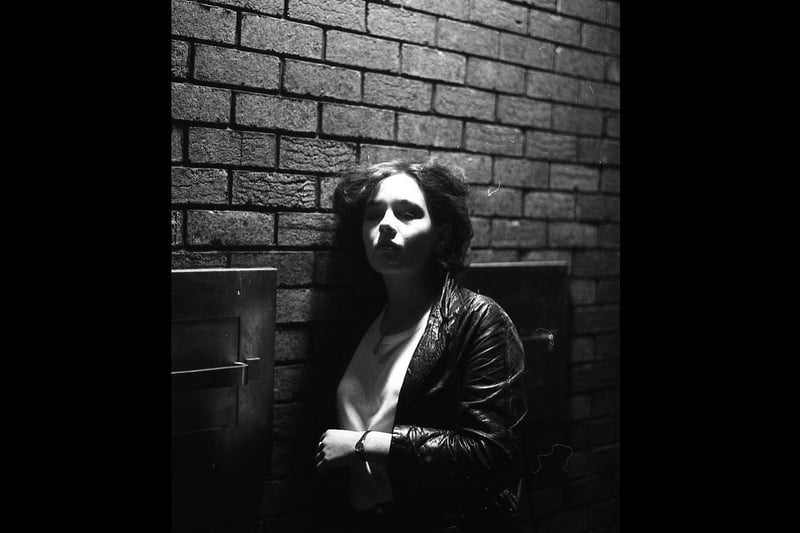
5. New culture, new sound
The club, which was next to Glasgow Art School, brought together a new 80s scene for the city. Photo: Simon Clegg
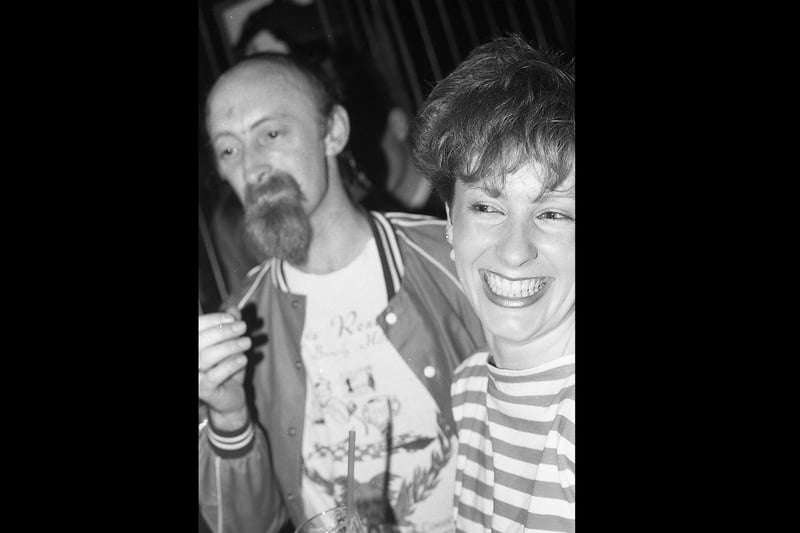
6. Where good people met
Maestro's is remembered as a night of good people and no trouble, with music at the centre of it all. Photo: Simon Clegg
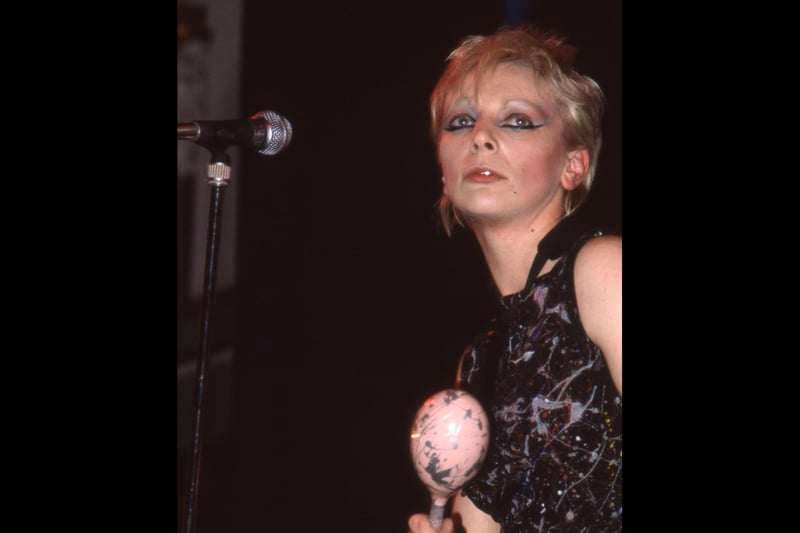
7. Vibe Maker
Christine Rodgers (Zdanovich) of The Recognitions in live Maestro's show. PIC: Simon Clegg. Photo: Simon Clegg
